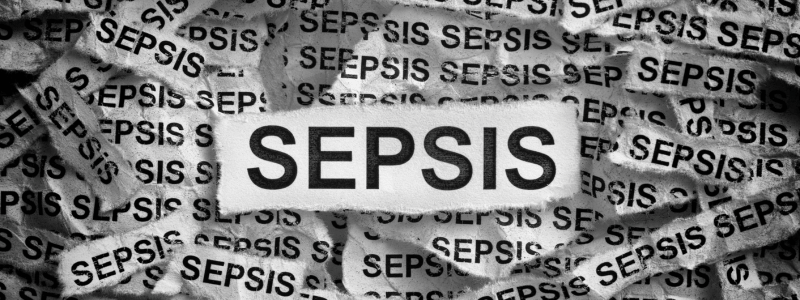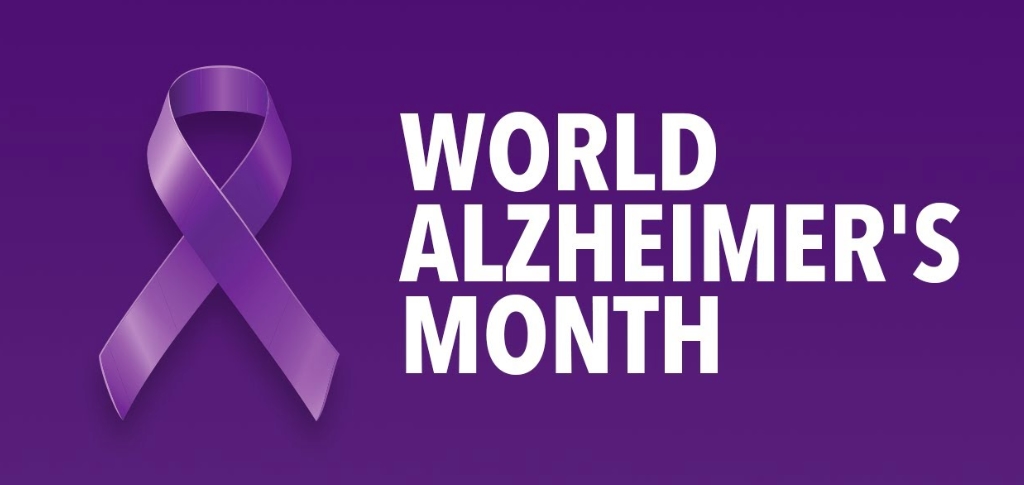Understanding Sepsis: What Care Home Staff Need to Know
- 15 Sep 2025
- News
Understanding Sepsis: What Care Home Staff Need to Know
Sepsis is a life-threatening medical emergency that can
affect anyone, but older adults and those living with chronic conditions are
particularly at risk. For care home staff, being able to spot the early signs
and respond quickly can save lives.
What is Sepsis?
Sepsis happens when the body overreacts to an infection.
Instead of just fighting the infection, the immune system causes widespread
inflammation, which can damage organs and tissues. Without urgent treatment,
sepsis can lead to septic shock, organ failure, and death.
Why is it Important in Care Homes?
Older people are more vulnerable due to weaker immune
systems and underlying health conditions.
Infections are common in care homes, such as urinary tract
infections (UTIs), chest infections, and skin infections.
Subtle changes in behaviour or physical condition may be the
only early signs of sepsis in frail residents.
Early Signs to Watch For
Remember: Sepsis can develop quickly, and early recognition
is vital. Look out for:
·
Changes in behaviour: confusion, drowsiness,
agitation, or unusual withdrawal.
·
Breathing difficulties: rapid or shallow
breathing.
·
Circulation changes: pale, blotchy, or cold
skin; rapid heartbeat.
·
Reduced urine output: going much less often than
normal.
·
Shivering, fever, or feeling very unwell.
If something doesn’t feel right – trust your instincts. Even
small changes can be significant.
NEWS2 (National Early Warning Score 2)
NEWS2 is a scoring system used in the UK and internationally
to detect early signs of patient deterioration, including sepsis. It assigns
points based on six key vital signs:
1. Respiratory
rate
2. Oxygen
saturation (SpO₂)
3. Systolic
blood pressure
4. Pulse
rate
5. Level
of consciousness / new confusion (using AVPU scale)
6. Temperature
Higher NEWS2 scores = higher risk of deterioration or
sepsis.
Vital
signs entered into the TPR/BP daily note in Fusion will populate the NEWS2
report. This plots all documented vitals onto a NEWS chart, calculating the
escalation score for you, supporting clinical decision making.
A score of 5 or more usually prompts urgent review, and 7 or
more often triggers emergency response. (see table below)
|
NEWS2 Score Risk |
SUGGESTED ACTIONS (always consider resident’s total
NEWS2 in relation to their normal
reference score) |
OBSERVATIONS |
|
0 |
Observe - likely stable
enough to remain
at home Escalate if any concerns/gut feeling/soft signs of deterioration (Is My Resident Unwell? questionnaire). NEWS2 is an indicator of deterioration,
so do complete the score every time a full set of observations are taken. Baseline NEWS2:
To be agreed
between the Care
Home and GP Practice. Please contact the residents’ GP so they can set the
parameters for the individual. Once these alarm limits are set, please
continually review in case any changes occur in the resident’s condition. |
A baseline NEWS2 will be
checked depending on the agreement between
the Care Home and GP Practice. At least
12 hourly until no concerns |
|
1 |
Senior staff
review. Escalate if concerned. Repeat
observations within 6 hours. The resident’s normal
baseline NEWS2 needs
to be considered when making the decision to increase monitoring. If the resident’s NEWS
is usually between
1-4 then they
may not need increased
monitoring. If next observations remain elevated with
no obvious cause, arrange for GP review (suggest
in next 24 hours). If NEWS2 worsening, move
to appropriate escalation point. |
At least
6 hourly |
|
2 |
Immediate senior
staff review. If no improvement in NEWS2 (or the same) within 2 hours seek GP telephone advice within 2 hours =/- GP
review within 6 hours. The resident’s normal baseline NEWS2 needs to be considered when making the decision to
increase monitoring. If the resident’s NEWS
is usually between
1-4 then they
may not need increased
monitoring. If NEWS2 is worsening, move
to appropriate escalation point. |
At least
2 hourly |
|
3-4 or Single observation of 3 |
Immediate senior
staff review. Repeat observations within 30 minutes If repeat observations = NEWS2 score 3 or more, seek urgent GP telephone advice or face to face
review within 2 hours. The resident’s normal baseline NEWS2 needs to be considered when making the decision to
increase monitoring. If the resident’s NEWS
is usually between
1-4 then they
may not need increased
monitoring. If NEWS2 is worsening, move to appropriate escalation point. |
At least every
30 minutes |
|
5 – 6 |
Immediate clinical review/advice required. Refer to GP or phone 111 to contact out of hours.
Registered nurses can use the HCP-to-HCP facility to speak to 111
clinicians. Urgent transfer to hospital may be needed
– be prepared. Admission to hospital should
be in line with any appropriate,
agreed, and documented plan of care. |
Every 15 minutes |
|
7+ |
Blue light
999 call with
transfer to hospital, follow guidance of call handler. Admission to hospital should
be in line with any appropriate,
agreed, and documented plan of care. |
Continuous monitoring until
transfer |
|
Please note NEWS should not
be used alone to determine a clinical response. The tool should be used to
support concerns, decision making and facilitation of effective clinical
handover. The entire resident picture should be considered when deciding on
clinical response i.e. Advance Care Planning, if the resident is considered
End of Life etc., ReSPECT/ADRTconversations. |
||
Key Takeaway
Sepsis is a medical emergency. Vigilance
and quick action can make the difference between life and death. Always act on
concerns immediately, even if you’re unsure – your role is vital in protecting
residents.




